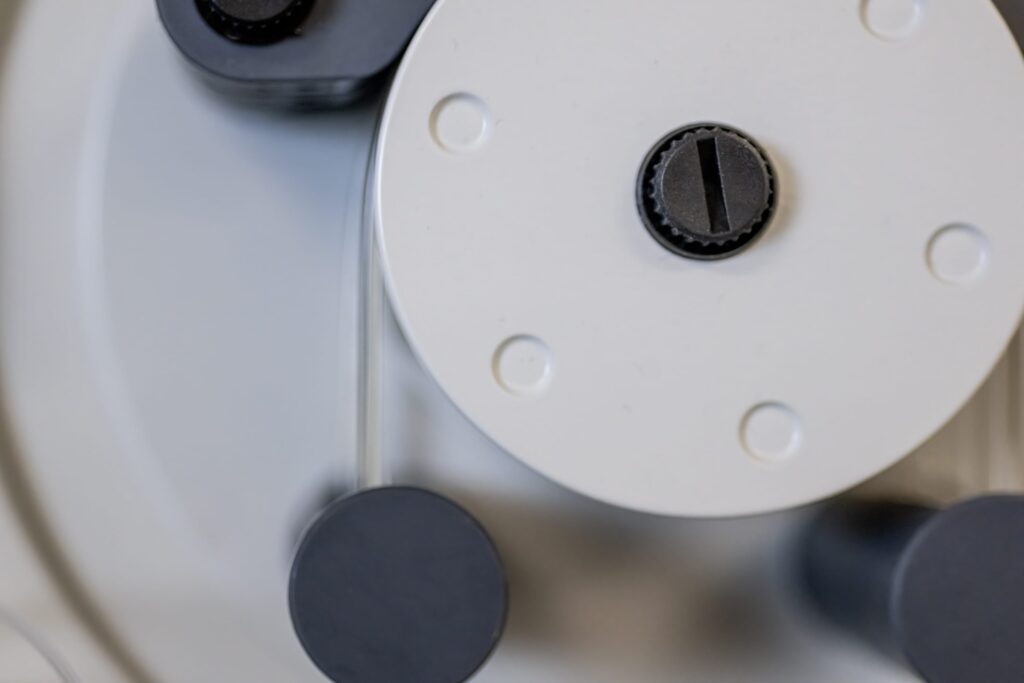
Spectroscopy
ICP/OES is an analytical technique used for the detection of trace metals.
ICP is a type of emission spectroscopy that uses the inductively coupled plasma (argon, in our case) to produce excited atoms and ions that emit electromagnetic radiation at wavelengths characteristic of a particular element. The intensity of this emission is indicative of the concentration of the element within the sample.
Approaches
The ICP instrument requires that the sample be introduced into the plasma zone of the instrument as a liquid stream.
- Liquid samples are appropriately diluted and spiked with internal standards.
- Solid samples are converted to liquids by a variety of methods.
- Some samples simply need to be dissolved.
For other samples, more aggressive dissolution methods are required, including acid digestions and microwave assisted digestions.
We can detect the following elements:
Aluminum, Arsenic, Gold, Boron, Barium, Beryllium, Bismuth, Calcium, Cadmium, Cerium, Cobalt, Chromium, Cesium, Copper, Dysprosium, Erbium, Europium, Iron, Gallium, Gadolinium, Germanium, Hafnium, Mercury, Holmium, Iodine, Indium, Iridium, Potassium, Lanthanum, Lithium, Lutetium, Magnesium, Manganese, Molybdenum, Sodium, Niobium, Neodymium, Nickel, Osmium, Phosphorus, Palladium, Lead, Platinum, Praseodymium, Rubidium, Rhenium, Rhodium, Ruthenium, Silver, Sulfur, Antimony, Scandium, Selenium, Silicon, Samarium, Tin, Strontium, Tantalum, Terbium, Tellurium, Thorium, Titanium, Thallium, Thulium, Uranium, Vanadium, Tungsten, Yttrium, Ytterbium, Zinc, Zirconium
The resulting solutions are then properly diluted and spiked with internal standards. Then, the peristaltic pump transports this analytical solution into the ICP plasma torch.

Sample Considerations
Analyte incompatibilities need to be evaluated on a case by case basis, these incompatibilities can be due to spectral interference (such as with high concentrations of iron)or reactions in solution (such as silver and chlorine).
Please contact us with your specific sample consideration questions and ICP Analysis needs.
Experience
Our experience with ICP Analysis Includes:
- Identification of residual catalyst in polymers (tin, zirconium, etc.)
- Identification of flame retardants (antimony trioxide, phosphorus)
- Analysis of antimicrobial agents in vinyl fabrics (silver)
- Identification of heavy metals in bioabsorbable implants
- Determination of the amounts of inorganic fillers (calcium carbonate, titanium dioxide)
